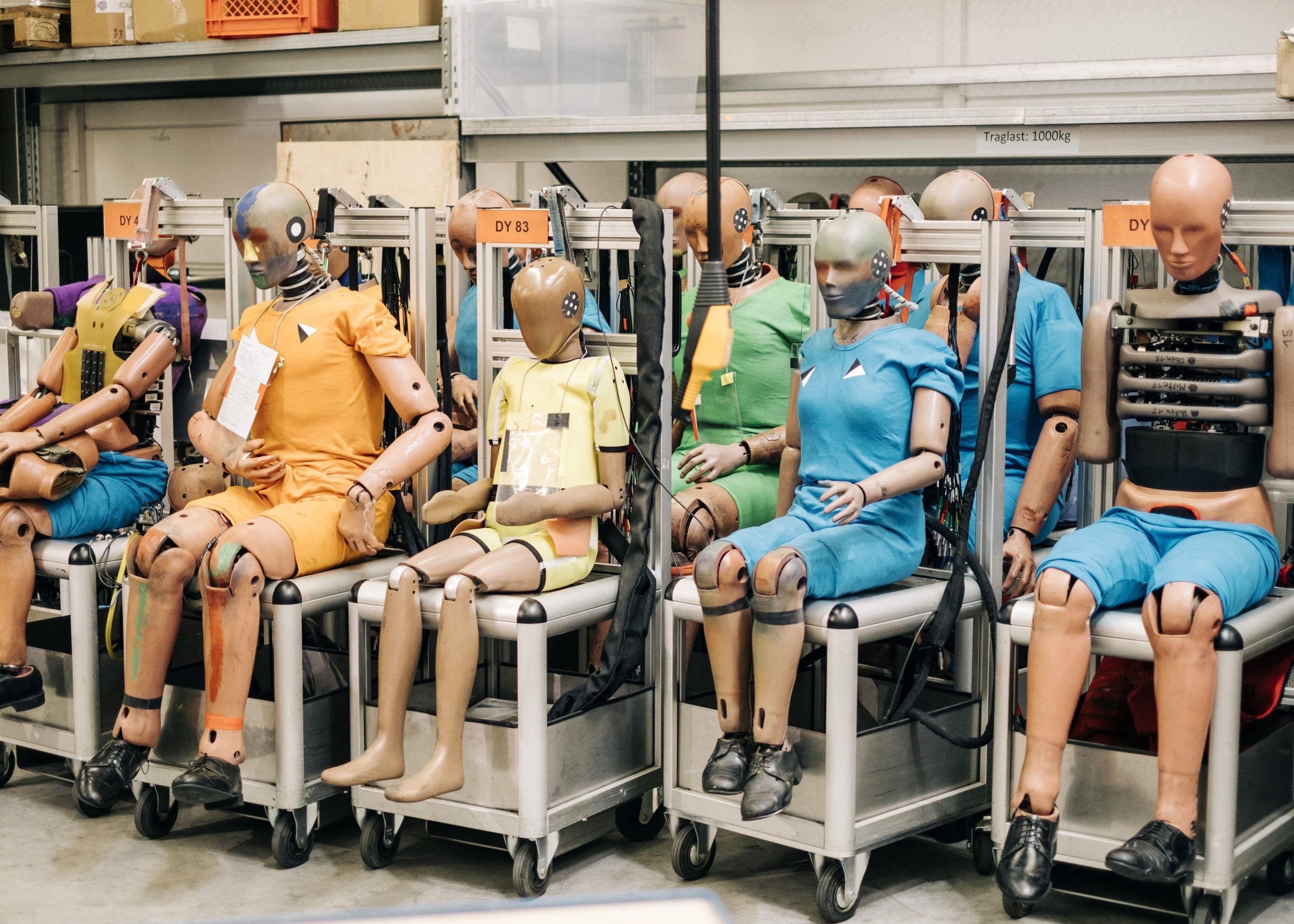
Driving is one of the most dangerous activities in our society, even more so than flying in an airplane or riding on a train. According to the National Conference of State Legislatures, “[m]otor vehicle-related injuries are a leading cause of death for people aged 1-54 in the United States. Worldwide, road traffic crashes are the leading cause of death for people between the ages of 15 and 29.”
Notably, an analysis of the numbers reveals that these deaths are not equally distributed between the sexes, and “[w]hile men are more likely to cause crashes, women are more likely to die in them.” NBC News reports that “[r]esearchers have found that females in the front seat of a car are 73 percent more likely than males to be injured in a crash and 17 percent more likely to die.”
Vice president of vehicle research at Virginia’s Insurance Institute for Highway Safety Jessica Jermakian said, “We’ve known for decades that women are more likely to be injured and killed in crashes [of the same severity]…And a lot of that has to do with their vehicle choices and the types of crashes they get in.”
These statistics are even more appalling due to the fact that some of these losses were preventable, as “[s]afety experts have known for decades that female and male bodies are impacted differently by car crashes.” Anthropomorphic test devices, commonly known as crash test dummies are used to “simulate human response to impacts, accelerations, deflections, forces and moments of inertia generated during a crash…Hundreds of sensors and transducers located within the dummy provide life-saving data to safety test engineers, measuring the precise physical forces exerted on each body part in a crash event.”
Female dummies were introduced in 2003, but their design did not adequately represent the average female body, and was essentially a “scaled-down version of its male counterpart, despite women and men having different spinal alignment, muscle strength, responses to trauma and more.”
A Washington Post op-ed gets to the crux of the matter—“We live in a world designed for men…But in some instances, unequal design costs lives.”
Astrid Linder, the director of traffic safety at the Swedish National Road and Transport Research Institute, has been extremely outspoken on this issue, stating “[w]e need a reality check…And that reality consists of females and males – therefore we need representations of females and males in our tests.”







Presently, there are new high-tech female crash test dummies that are available to use; however, they are not required to be used by the government. Advocates are calling for a mandate so that updated female and male crash test dummies be utilized “in the New Car Assessment Program, which tests and rates new vehicles for safety, and the Federal Motor Vehicle Safety Standards, regulations for the design and construction of new cars.”
In February of this year, U.S. Representative Brenda Lawrence (MI) sent a letter signed by 65 of her House colleagues, which read in part, “We write to call your attention to an often-overlooked inequity in the area of vehicle safety: the gender-based discrepancies in traffic injuries and fatalities that are in part attributable to the absence of female crash test dummies in the current crash test system…These policies would advance gender equity in auto safety regulations and save lives.”





